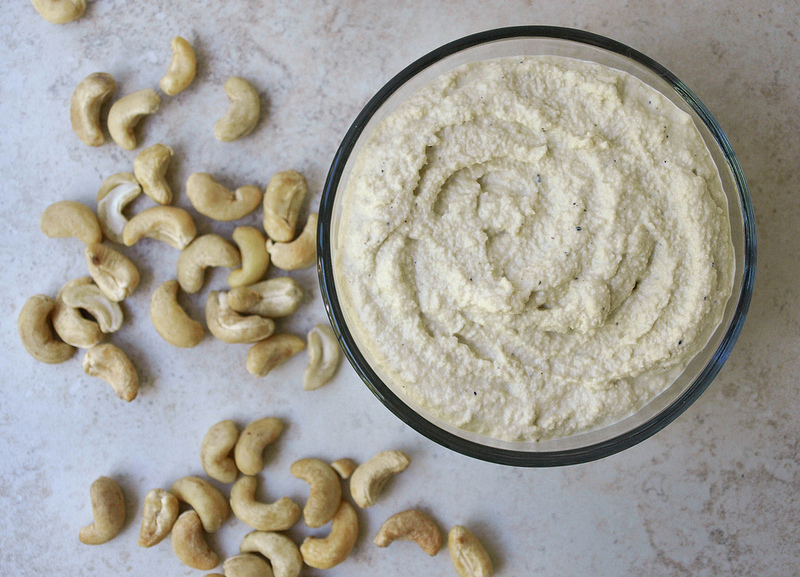by Mindy Duncan (student Naturopath)
Probiotics have long been a topic of discussion for numerous reasons, namely the well-researched positive impacts they have on many aspects of human health. However their equally, if not more beneficial counterparts prebiotics, are rarely mentioned. So what exactly are they and why are they so important?
Firstly….What exactly is a prebiotic?
A prebiotic is a non-digestible dietary fibre which is defined as:
“a selectively fermented ingredient that allows specific changes, both in the composition and/or activity in the gastrointestinal microbiota, that confer benefits upon the host”.
This essentially means that they only enhance the growth of beneficial bacteria to support not only healthy digestive function, but well-being & longevity in every aspect. They are the essential fuel which helps good gut bacteria survive and thrive.
Being non-digestible, these fibres resist being broken down by our gastric (stomach) acid and continue to travel down into the colon where they are fermented by our microflora and begin their beneficial role of supporting the growth & function of our good gut bacteria. This is where the magic happens!
Probiotics NEED prebiotics to survive!
Why are they beneficial?
So why do we need them? There are a many reasons we should include prebiotics in our daily diet. Here are just a few of the remarkable things that they do for us:
- Increases the numbers of beneficial bacterial strains, mainly Lactobacillus & Bifidobacterium, which helps to maintenance good gut & immune function long-term.
- Reduces the growth of non beneficial bacteria which in turn reduces the risk of dysbiosis, inflammatory bowel disorders, obesity & even cardiovascular disease.
- Supports the production of short chain fatty acids, which are an essential fuel source for our colon cells, and help to maintain gut wall integrity, reducing the risk of developing intestinal permeability aka ‘leaky gut’.
- Supports healthy immune function to improve both resilience against & duration of infections, such as the common cold and flu.
- Improves absorption of minerals such as a calcium, magnesium & iron.
- Helps to maintain healthy stool weight & bowel regularity. Daily elimination is ideal!
Which foods contain prebiotic fibre & how much should we consume?
Even though all prebiotics are in fact fibres, not all fibres are classified as prebiotic.
Inulin is probably the most well known form of prebiotic fibre, though other forms include:
- Oligofructose
- Galacto-oligosaccharides
- Lactulose
The forms aren’t as important to discuss in this article, what is important is that we consume them daily. The following are examples of some great prebiotic food sources:
- Asparagus
- Chicory
- Dandelion greens
- Jerusalem artichoke
- Garlic
- Onions
- Chickpeas, lentils & red kidney beans
- Oats
- Soybeans (organic only to avoid GMO)
- Banana (not over-ripe)
- Nuts & seeds
- Whole grains
- Slippery elm
Really there is no recommended daily intake for prebiotic fibre though ideally we should be aiming to consume prebiotic foods on a daily basis. If this concept is new to you, start small, introducing a good quality source of prebiotic fibre into one meal each day and slowly increase to avoid any bloating and discomfort. You’ll now be well on your way to a happier, healthier gut.
Remember excellent health begins in the gut!



